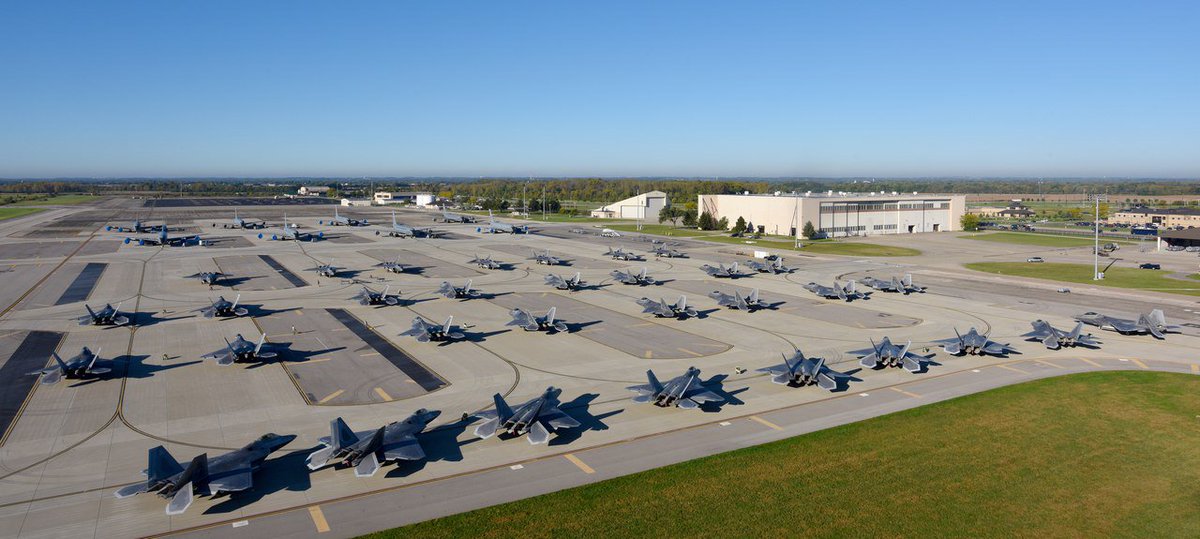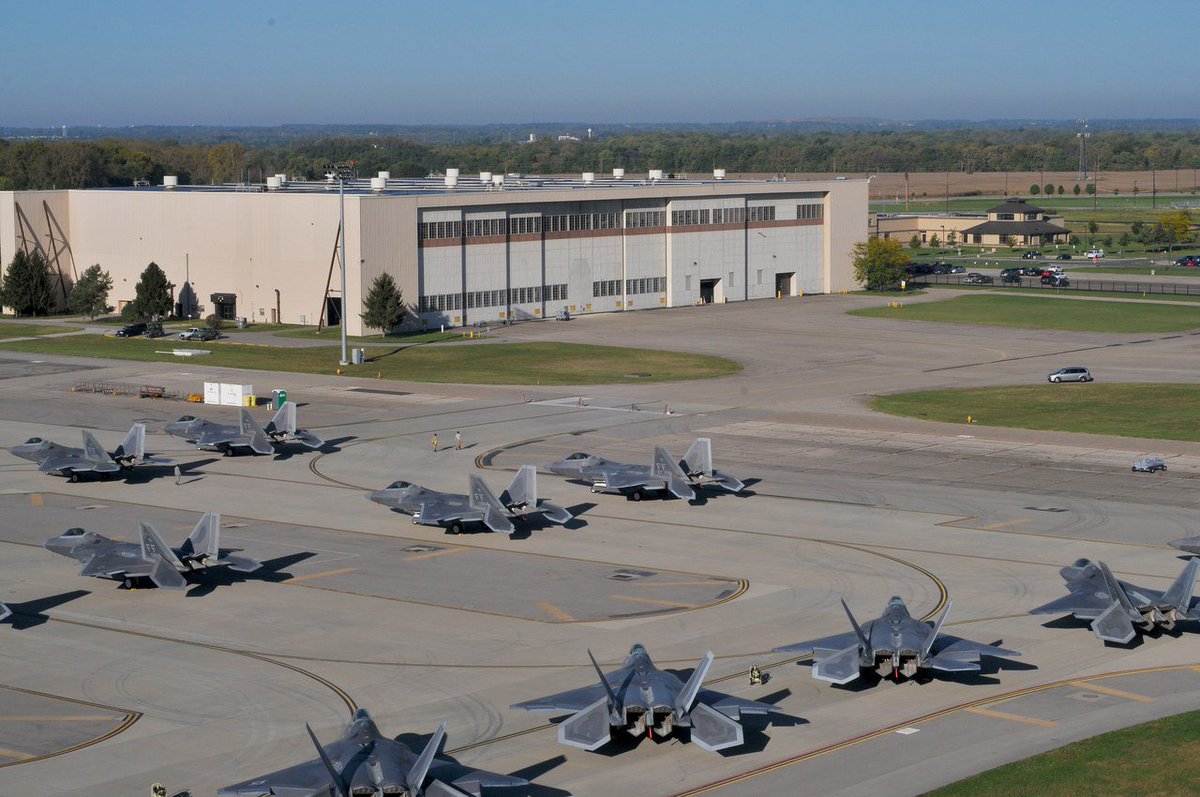Jura The idiot
General
now I read
source:“On the future battlefield, if you stay in one place longer than two or three hours, you will be dead,” Gen. Mark Milley says. “That obviously places demands on human endurance.”
With units in constant motion far from friendly forces, “being surrounded will become the norm,” continues Milley. There will no clear front line, no secure supply lines, no big bases like or with chow halls, air-conditioning, and showers. With enemy drones and sensors constantly on , there won’t even be time for four hours’ unbroken sleep. So, says Milley, “being seriously miserable every single minute of every day will have to become a way of life.”
Milley has warned before that “.” (The nature of war remains eternally brutal and chaotic). But yesterday at the ’s annual Eisenhower Luncheon, the notoriously blunt general laid out his vision of future combat in more and grimmer detail than I’d ever heard — detail that suggests he’s informed by an intensifying program of secret wargames.
Milley envisions the Army destroying enemy sensors, air defenses, and land-based anti-ship missiles to open paths for the rest of the joint force. “Land-based forces now are going to have to penetrate denied areas to facilitate air and naval forces,” Milley said. “This is exact opposite of what we have done for the last 70 years, where air and naval forces have enabled ground forces.”
Soldiers will fight with everything from rifles and tanks to electronic jammers, , and long-range missiles striking targets on the land, in the air, and even at sea. “The Army — yes, the Army — ,” Milley said, “(and) dominate the airspace above our units from .”
This new approach is being driven, Milley, , and other Pentagon leaders say, by the spread of once uniquely American advantages to adversaries around the world: long-range precision-guided missiles, linked by wireless networks to long-range sensors — such as drones and satellites — that provide targeting data. In sufficient density, and backed by more conventional weapons such as mines, warships, jets, and tanks, these threats create an (A2/AD) zone that US forces enter at high risk. The emerging consensus among the services, most clearly stated in , calls for prying open A2/AD networks with simultaneous, coordinated attacks against every possible weak point in all domains — land, sea, air, space, cyberspace, and the electromagnetic spectrum.
Even with all this, soldiers will struggle “just to survive” on a battlefield more lethal than anything we’ve seen “since at least World War II,” said Milley. To avoid being , soldiers — and and even — must split into small units and keep either on the move or under cover. Static bases will be sitting ducks, and supply convoys will be so dangerous that they might be , so units will be largely on their own, purifying their own water and for broken gear.
Not only will units often be cut off physically, Milley said, but electronically as well. At times combat troops will be able to access satellite data, upload reports to their superiors, and call in precision strikes from , Air Force planes, or Navy warships hundreds of miles away. At other times, however, thanks to hostile jamming and hacking, and the screens will go dark — but soldiers can’t hole up and wait for orders. Initiative, always an American strength, will take on a new importance.
“Our most valuable asset, our most significant asymmetric advantage inherent in the American military and the United States Army. We come from , a society of innovators, tinkerers, problem-solvers, techno-savvy at early age, and independence of action comes natural to all Americans,” Milley declared. Army training and professional military education needs to foster this initiative, not suppress it, he said.
In fact, the Chief of Staff said, in a remark sure to rile older soldiers, we need to inculcate “the willingness to disobey specific orders” when battlefield realities change and there’s no time or functioning channel to consult superiors — and that’s going to happen a lot.
“War tends to slaughter the sacred cows,” Milley warned. “It’s better to slaughter our sacred cows ourselves rather than to lose a war.”
Hard as this is, “we’re the United States Army and we don’t shrink from tall orders,” Milley promised. “In the end, we will win.”
The coming change is comparable to that between the 19th century and World War I, said Milley: from signal flags to radios, from rifled muskets to machineguns, from horses to tanks, from hot-air balloons to fighter planes. The world didn’t handle this transition too well last time, Milley said. Let’s try to do better this time.
In 1914, “nations and empires marched off to their destruction, blind, blind to ,” said Milley. “Let us commit to not march into that abyss, blind to the changes. Let us commit for once, once in our history, to not be unprepared for that .”





